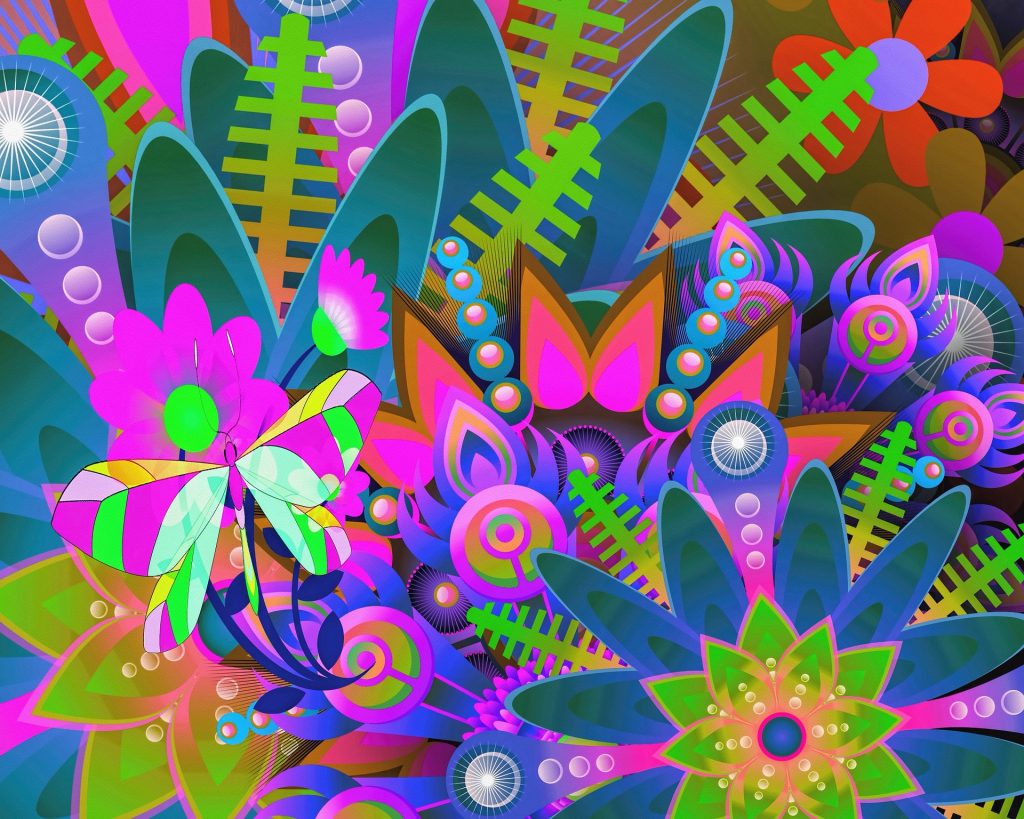
The term NFT stands for Non-Fungible Token. By its nature, it is distinguished for example from a Bitcoin, which on the contrary, is fungible since it can be replaced with another.
NFTs are unique pieces: that is, they cannot be replicated or replaced.
NFTs represent a way to uniquely, safely, and undoubtedly identify a digital product created on the internet. NFT can be any digital object: a video, a photo, a GIF, a text, an article, or an audio file … When a digital object is certified with an NFT it is as if there was the author’s signature on it, and no one can say that it is not original or that there are other copies.
NFTs could not exist without the blockchain, a shared and immutable digital ledger where data transactions are stored that cannot be altered, manipulated, or deleted. It is a system to guarantee the traceability of transfers, transparency, and verifiability; this is why it is considered a safe and reliable system for various sectors ranging from banks to public administrations.
Before the blockchain, anything on the internet was easily reproducible indefinitely and therefore it could not be guaranteed, for example, that a digital work of art was as authentic as one from the real world. With the arrival of the blockchain, a way has been found to write information about the digital product on a digital register that is unchangeable and thus can guarantee that the product is unique and cannot be copied.
This was the base for the production of certified works of art with NFT. Crypto Art was born and was the protagonist of a real boom in the last years, with works and digital objects sold at auction even in the hundreds of thousands or millions of dollars.
But how is this work produced? Basically, the artist saves a photo or video in digital format, which will correspond to a string of numbers, 0 and 1 in computer language. This sequence is then compressed into a shorter one, called hash, following a process commonly known as hashing. Here, on closer inspection, there is the first element of guarantee for the owner of the NFT: being in possession of the digital document, he is the only one who can easily calculate the hash.
This hash is then stored in a blockchain, complete with an associated timestamp. The NFT keeps track of hash sales within it, right up to the creator who changed hands the first time.
With this reverse path, you can therefore have proof of the authenticity and ownership of the token, and the owner of the work will not need to contact intermediaries, at least as long as the blockchain is active.
If you are interested in creating an NFT, Virtual Grub wrote a simple guide to creating a free NFT.